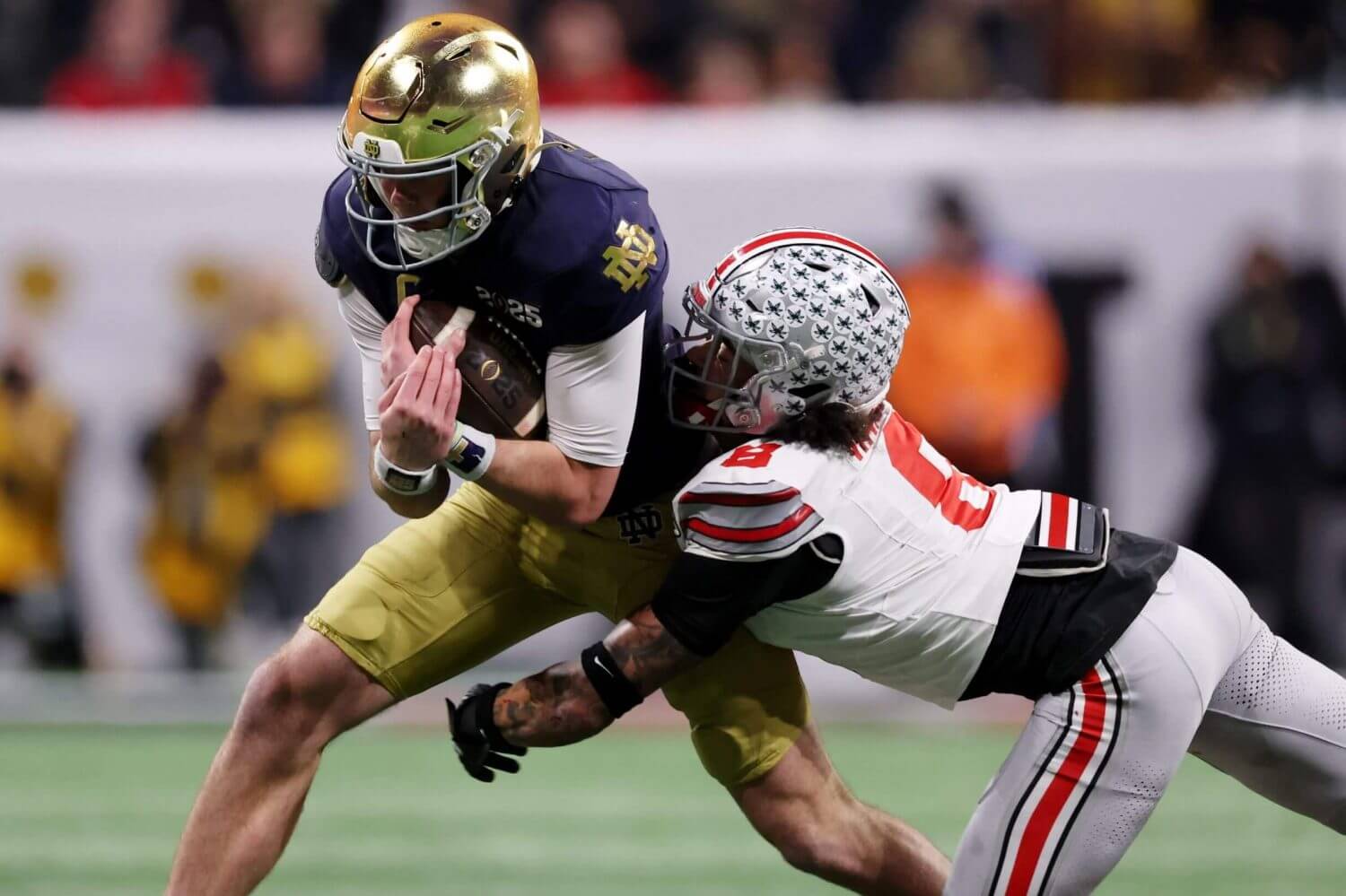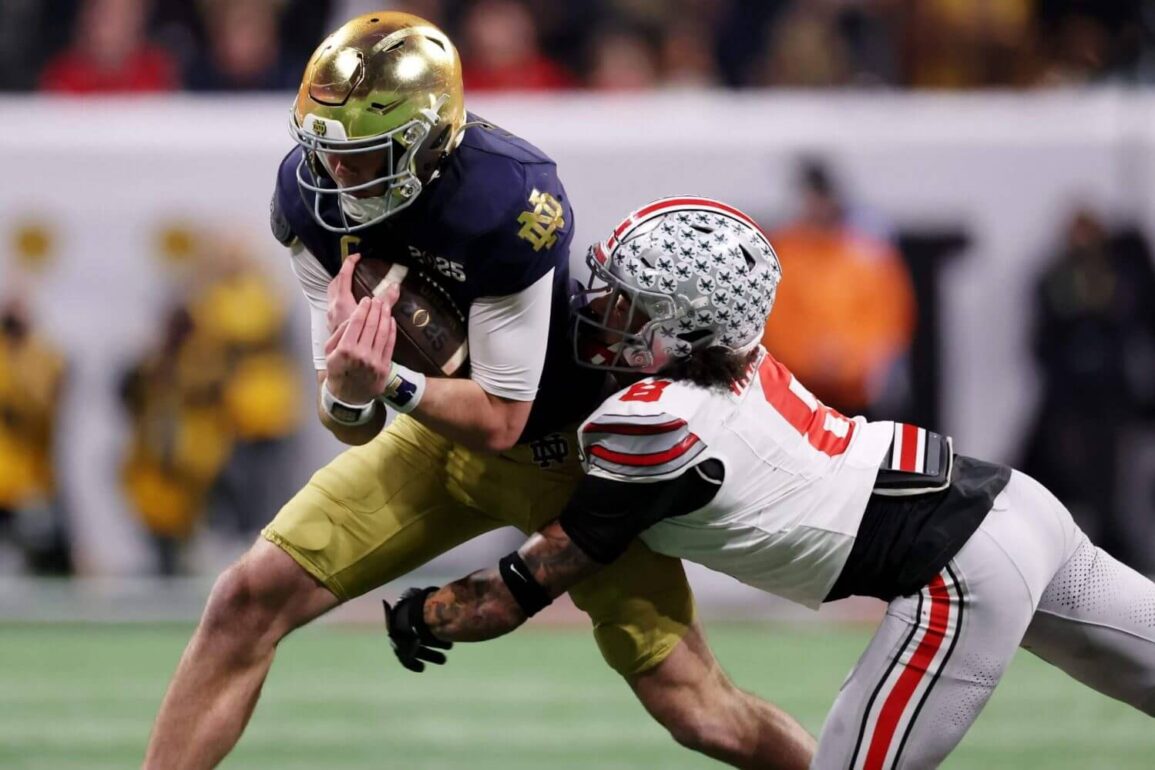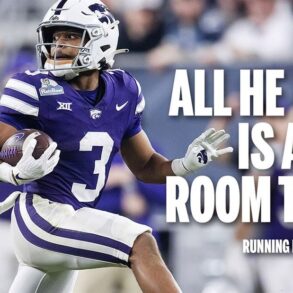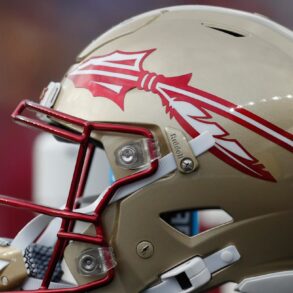The South Carolina defense was playing well. At an elite level, actually, Clayton White thought. And like any good defensive coordinator, White checks his unit’s stats every week, so as last season went on he assumed the Gamecocks’ national rankings in key categories would reflect it.
Only they didn’t. For as good as the Gamecocks were doing, others were doing even better.
Advertisement
“How are we not top five (in run defense) yet?” White remembers saying. “I literally said, This is crazy. This is a defensive year.”
It was indeed. The offensive takeover of college football stalled in 2024. Points and yards have trended down, especially at the top: Per TruMedia, the teams in last season’s final AP top five (Ohio State, Notre Dame, Oregon, Texas, Penn State) averaged the fewest points per game (34.6) by the final top five since 2006. And the average yards for the top five teams (426.4) was the lowest since 2009.
“The defensive coordinators are getting so good, and the talent is getting so good,” said Jack Kiser, a linebacker and captain on Notre Dame’s defense last year. “So when you can put those two things together it gets pretty special. We showed that with our defense. But across college football, Ohio State’s defense was amazing and Penn State’s. It’s getting harder to score points, and I think that’s a good thing.”
The past decade in college football was marked by an offensive explosion, with LSU, Alabama and Georgia all modernizing their offenses, adopting pass-heavier spread schemes, and winning national championships. Georgia won its first of back-to-back titles with a generationally great defense, but its second title team had a top-five offense. Kirby Smart, the defensive-minded Georgia head coach, even acknowledged at one point that the “Defense wins championships” axiom no longer held.
Then it made a comeback. All four of last year’s College Football Playoff semifinalists were in the top 11 in defensive yards per play, a year after only one semifinalist (champion Michigan) was in the top 10.
So what happened? Have defensive coordinators finally caught up? Has the offensive revolution hit a wall? Or is it all just, to use a phrase a different way, a matter of time?
FBS offensive stats by year
| Season | Yards/game | Yards/play | Points/game |
|---|---|---|---|
|
2015 |
411 |
5.74 |
29.6 |
|
2016 |
417.2 |
5.83 |
30 |
|
2017 |
403.2 |
5.76 |
28.8 |
|
2018 |
406.7 |
5.78 |
29.6 |
|
2019 |
404.1 |
5.83 |
28.9 |
|
2020 |
403.3 |
5.78 |
29.2 |
|
2021 |
398.1 |
5.8 |
28.5 |
|
2022 |
393.8 |
5.73 |
28.4 |
|
2023 |
385.8 |
5.77 |
27.8 |
|
2024 |
386.8 |
5.79 |
28 |
*Data source: TruMedia
New clock rules
Two years ago the NCAA Football Rules Committee installed rules aimed at shortening games, for safety reasons and to help more games fit into their television broadcast windows. The clock no longer stopped on every first down, for instance. The natural results: fewer plays, fewer drives and fewer chances to score.
Advertisement
Nationwide, last season saw the fewest plays per game and fewest drives per game since 2004, per TruMedia. The final AP top-five teams averaged the fewest offensive plays per game (65.9) of any top five since 2006 (64.1). They also had the fewest offensive drives per game (11.3) in at least 20 years, as far back as drive-level data is available.
Duke coach Manny Diaz, a longtime defensive coordinator in several conferences, had the ACC’s third-ranked defense in yards per play this year, and that was despite being the only team to play both Ole Miss and Miami, the nation’s top two offenses. But Diaz isn’t looking at the defensive trend as some “huzzah” moment. He thinks it’s mainly about the clock rules.
“The easy answer is the game has slowed down, the clock rules have limited snaps,” Diaz said. “Just to use a baseball reference, we’re not playing as many innings as we used to. So that would stand to reason that yards are down.”
But the clock isn’t the only change in the sport that may be helping defensive numbers.
The portal and the Playoff
A dormant feature started returning to college football last year: the huddle.
Ohio State huddled more on the way to winning the national title, in part to cut down on the number of snaps per game in anticipation of a longer season, coach Ryan Day said. The move also fostered unity on an offense with a transfer quarterback in Will Howard.
“It was a little bit of a part that we felt gave us a little bit of an edge. We broke the huddle together,” Day said in January. “It’s almost like going back in time, but it’s sort of a new thing, really.”
Ohio State wasn’t alone. Per TruMedia, those top-five teams went no-huddle in 29.9 plays per game last season, about seven fewer than the top-five teams had in any other season since 2014. That was enough for seven fewer plays in their games, on average, than in 2023.
Contenders’ offenses were playing more deliberately, making more checks at the line, to get more transient rosters through a longer season. That all makes sense — but does it not give enough credit to the defenses?

Ohio State led the nation in yards per play and points per game allowed en route to the national title. (Brett Davis / Imagn Images)
Defenses catching up
On one hand, Diaz is skeptical of the defensive renaissance: “I would definitely not say the game has gone to a defensive game and the ball is in our court or whatever.”
On the other, Diaz acknowledged some indicators of improvement. One of the goals his staff sets is to finish under 5.0 yards per play allowed, which would normally get them in the top 25 of FBS defensive rankings. The Blue Devils just missed both marks last year: 5.01, tied for 26th. But the previous year, that would have been 22nd, and two years before that it would have been 18th. Not huge differences, but a difference.
Advertisement
Diaz pointed to a few adjustments defenses have made. To combat the run-pass option, man coverage is on the rise (it’s not a new concept, more teams are just doing it). Some teams are playing more aggressively up front to pressure the quarterback before he has a chance to get off a quick pass. And coaches are getting smarter about substituting to slow down the up-tempo offenses. That includes racing players onto the field immediately after the previous play if the offense isn’t substituting, or taking more time to make its counter-sub if the offense does substitute in order to give the defense a breather.
Players who recently wrapped their college careers offered up some other general theories. Olawafemi Oladejo, an edge rusher at UCLA last year, pointed to a renewed emphasis on stopping the run.
“If you do that, you have a better chance, automatically,” Oladejo said. “(By doing that) now it’s about getting the pass rush on the field to affect the quarterback. It doesn’t have to be sacks, just get the quarterback off the spot, cause hurries, stuff like that.”
Josaiah Stewart, who played edge on Michigan’s last two teams, pointed to defense just being “more sound.”
“A lot of Cover 2 to stop the long plays down the field,” Stewart said. “Types of coverages, simulated pressures, disguising coverages a lot more. Giving quarterbacks different looks.”
Defenses are benefitting from more familiarity with modern offenses, and the offensive revolution has paused: Many teams’ playbooks look similar, and it’s been a few years since a novel schematic concept forced DCs to spend a season or more playing catch-up. In the past, defenses had to carve out more days in spring and preseason practices to prepare for the different offensive styles they would face that fall. Now they have time to hone in on the one or two kinds of offenses and more time to hone in on your own fundamentals.
“It does feel like a lot of them are the same,” White said. “There’s some teams that run some oddity offenses, not oddity, but they’re not the only one that does that scheme.”
Advertisement
Personnel: Faster or just smarter?
As offenses became faster, one way defenses might have adjusted was prioritizing speed over size, in recruiting and the transfer portal. But coaches say that’s not what happened.
If anything, they’re looking to get bigger in order to close up passing lanes in the RPO game, rather than just stockpiling speed to survive a game played in space.
“Offenses are still hard to defend,” White said. “You kind of have to have a big toolbag. You have to have a lot of tools to defend these offenses. Meaning just coverages and things to do up front. And you’ve got to put a lot on your players.”
And that may be the most significant personnel tweak that’s happened lately, according to White: The more complicated the defenses are, the faster things are happening because of RPOs, the quicker the players need to think.
“You got to really recruit and coach high-IQ players who can retain information,” White said. “I think that’s a factor. I think that’s one of the adjustments.”
Quarterback quality
Another theory for why defenses did better last year: Were the quarterbacks just not as good? There were a record six quarterbacks taken in the first round of the 2024 NFL Draft, which may have left a void of star power that wasn’t filled. Only two went in Round 1 this year, Miami’s Cam Ward and Ole Miss’ Jaxson Dart, and both of their teams missed the CFP, albeit barely. Those did happen to be the nation’s top two offenses.
The 12 Playoff teams, meanwhile, included five starting quarterbacks who transferred in for 2024, including both who made the national championship. And while Ohio State’s Will Howard and Notre Dame’s Riley Leonard were solid quarterbacks, they weren’t first-round picks. They were also new to their teams, unlike Stetson Bennett (a fourth-round pick) when he guided Georgia to back-to-back titles.
Advertisement
The increasing scarcity of multi-year starting quarterbacks may be slightly bringing down the quality of college offenses. Yes, the transfer portal affects every position, but quarterbacks have especially capitalized on the existence of an open market for their services. When the majority of every quarterback class transfers, it has to have an impact on the quality of offense, and thus helps the defense.
The numbers don’t lie. Defense is on the upswing. But there is no big solve, no schematic kryptonite that defensive coordinators have discovered. It’s just that the offensive revolution has stopped — for now — and the defense can take a breath.
“So at least there’s a familiarity,” Diaz said. “I don’t know that there’s just anything as wild and crazy as what we experienced either in the 2010s with the QBs becoming runners, and then in the 2000s and the 2010s with the RPO game kind of becoming the deal. …
“I’m not saying we’re out of (offensive) innovations. There was just a lot of stuff that all came in on the offense. And now I think the slowing of the game and the short end of the game and all that is just, you know, tempered that a little bit.”
At least until the next round of offensive innovation. Assuming it happens. For now, defense is back in college football.
(Top photo: Justin Casterline / Getty Images)
This post was originally published on this site be sure to check out more of their content.








